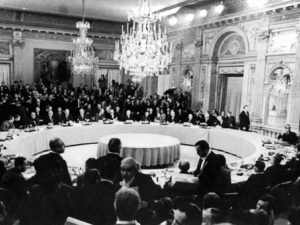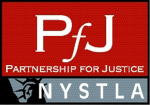 When Amtrak Northeast Regional Train 188 bound for New York City derailed outside of Philadelphia on May 12, eight people were killed and about 200 were injured. This catastrophe marks the first time that the liability cap of $200 million, passed by Congress in 1997 when Amtrak faced bankruptcy, could be fully paid out. According to the Associated Press, “a review of past cases found that Amtrak never before has been liable for a $200 million payout for a single passenger rail incident.” The $200 million cap only applies to passengers, not employees.
When Amtrak Northeast Regional Train 188 bound for New York City derailed outside of Philadelphia on May 12, eight people were killed and about 200 were injured. This catastrophe marks the first time that the liability cap of $200 million, passed by Congress in 1997 when Amtrak faced bankruptcy, could be fully paid out. According to the Associated Press, “a review of past cases found that Amtrak never before has been liable for a $200 million payout for a single passenger rail incident.” The $200 million cap only applies to passengers, not employees.
Since $200 million is unlikely to cover the needs of all the victims and their families, structured settlements can help stretch out their settlements. The fact that this cap exists no matter how many passengers were impacted is all the more reason to think about using structures in each of the cases stemming from this tragedy.




![Congress in action [sic]](https://www.esqsettlements.com/wp-content/uploads/2015/05/shutterstock-congress-300x200.jpg)





